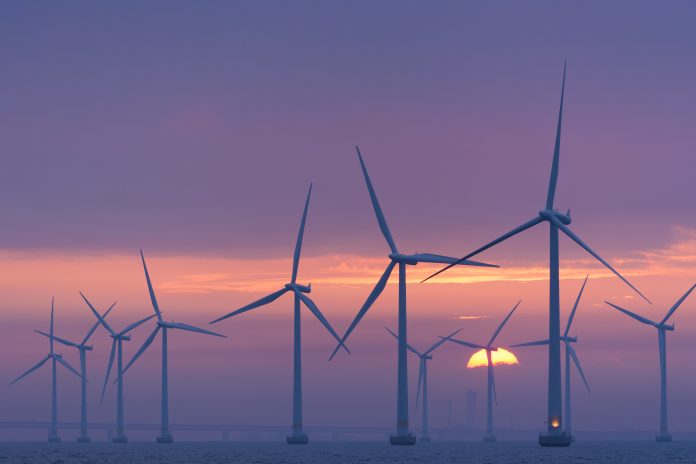The 15-year renewable electricity supply agreement will cover around 45% of Saint Gobain Poland’s electricity requirements
A major renewable electricity supply agreement has been secured between Saint Gobain Poland and Tion Renewables AG (currently being renamed from Pacifico Renewables Yield AG), a German wind and solar power producer.
The Power Purchase Agreement (PPA) will run from 2025 for 15 years and cover almost half of Saint Gobain Poland’s electricity needs, providing support to 45% of Saint Gobain Poland’s sites and projects.
The PPA will use wind energy equivalent to powering 100,000 European homes with renewable electricity
The renewable electricity supply agreement foresees the purchase of approximately 190 GWh of wind energy annually.
This is equivalent to supplying about 100,000 European homes with renewable electricity each year.
The total capacity of the wind farms is equivalent to circa 52 MW spread over three sites and 20 wind turbines.
It will enable a reduction in CO2 emissions of 135,000 tons per year, i.e. nearly 20% of Saint-Gobain’s scope 1 and 2 emissions in Poland and a 4% reduction in Saint-Gobain’s scope 1 and 2 CO2 emissions in Europe.
Part of Saint-Gobain’s carbon neutrality roadmap
Joanna Czynsz-Piechowiak, CEO of Saint-Gobain Poland, commented on the signed agreement:
“This power supply agreement is an important milestone for Saint-Gobain in Poland. It will contribute to a significant reduction in our CO2 emissions, in line with the Group’s commitment to achieve carbon neutrality by 2050.”
The agreement is in line with Saint Gobain’s recent carbon neutrality achievements, such as becoming the first company in it’s sector worldwide to be endorsed by the Science Based Targets initiative of the Group’s commitments to reduce CO2 emissions by 2050.
The company also launched a wide-reaching awareness campaign named “New World” – aimed at demonstrating how Saint-Gobain’s materials and solutions are transforming the construction sector to make it more sustainable, resource-efficient, circular, less carbon-intensive, and more competitive.














